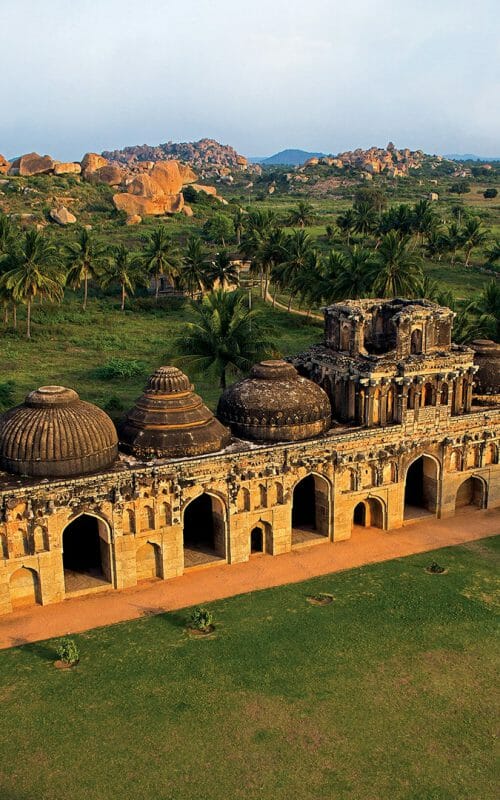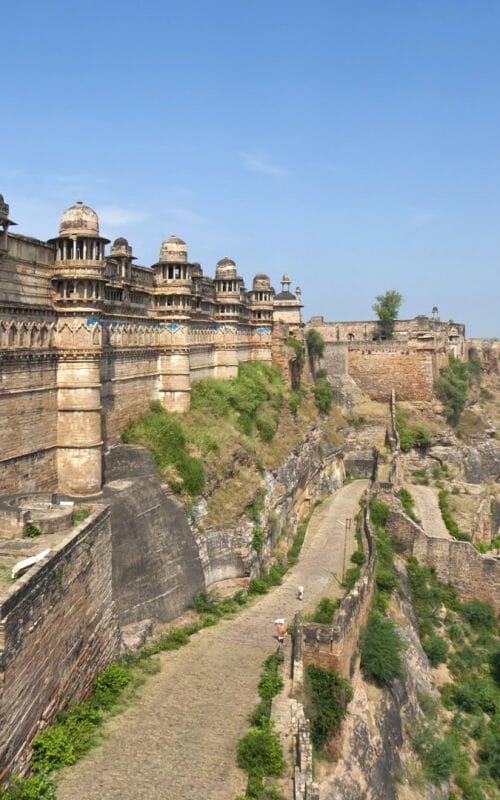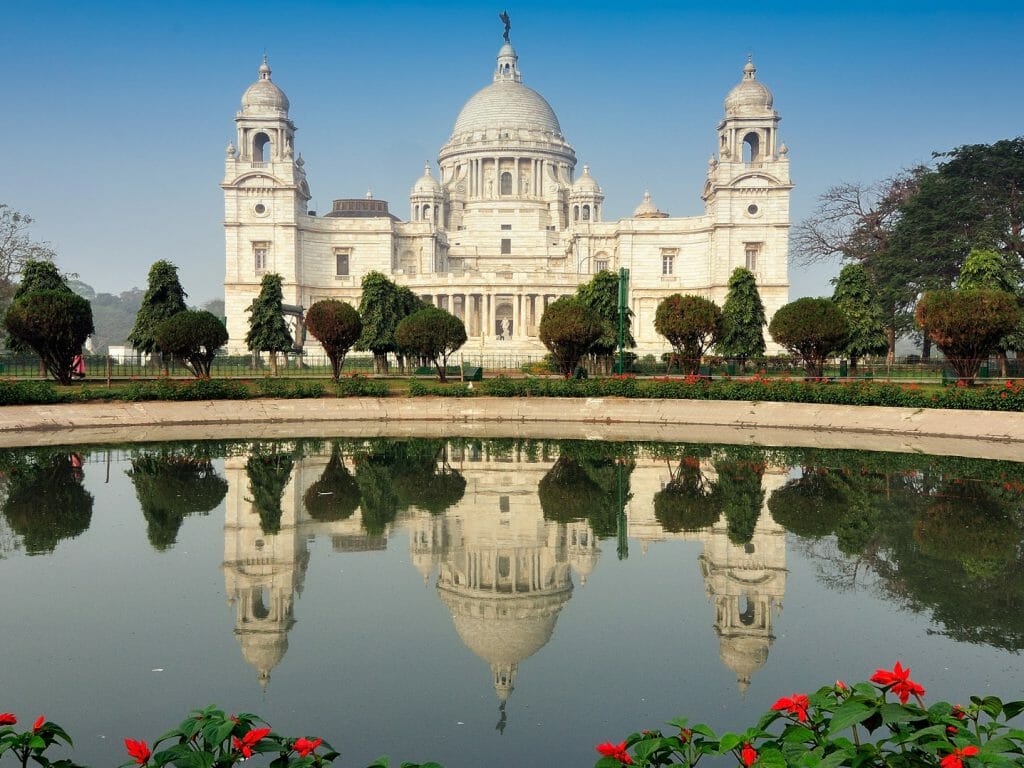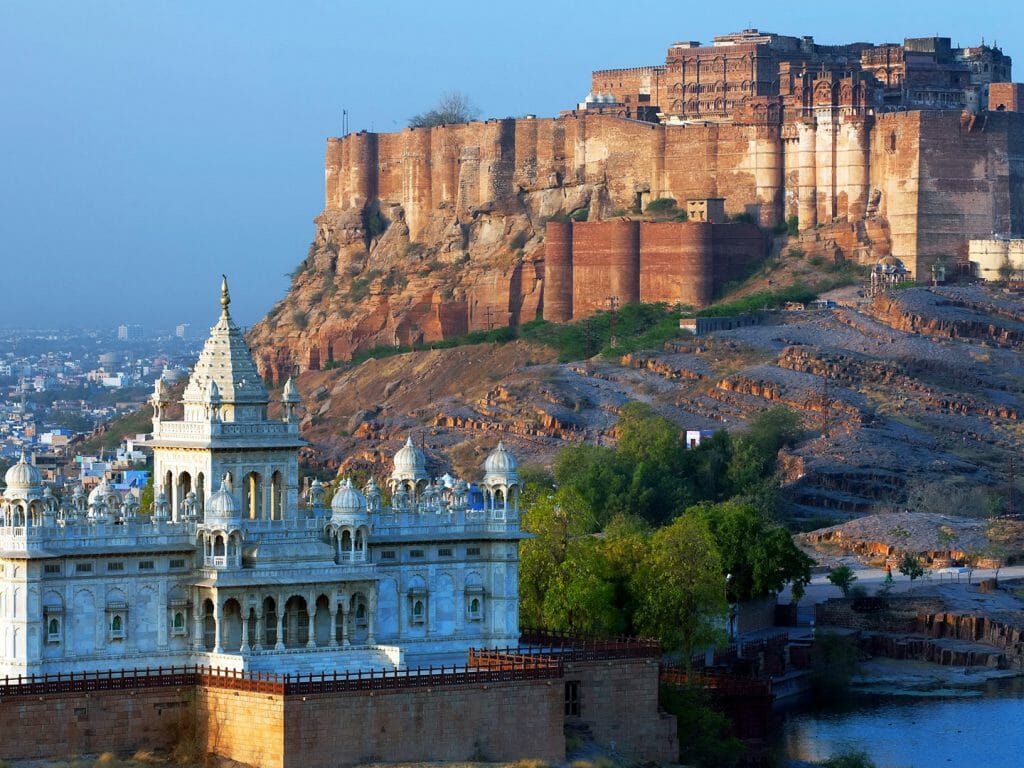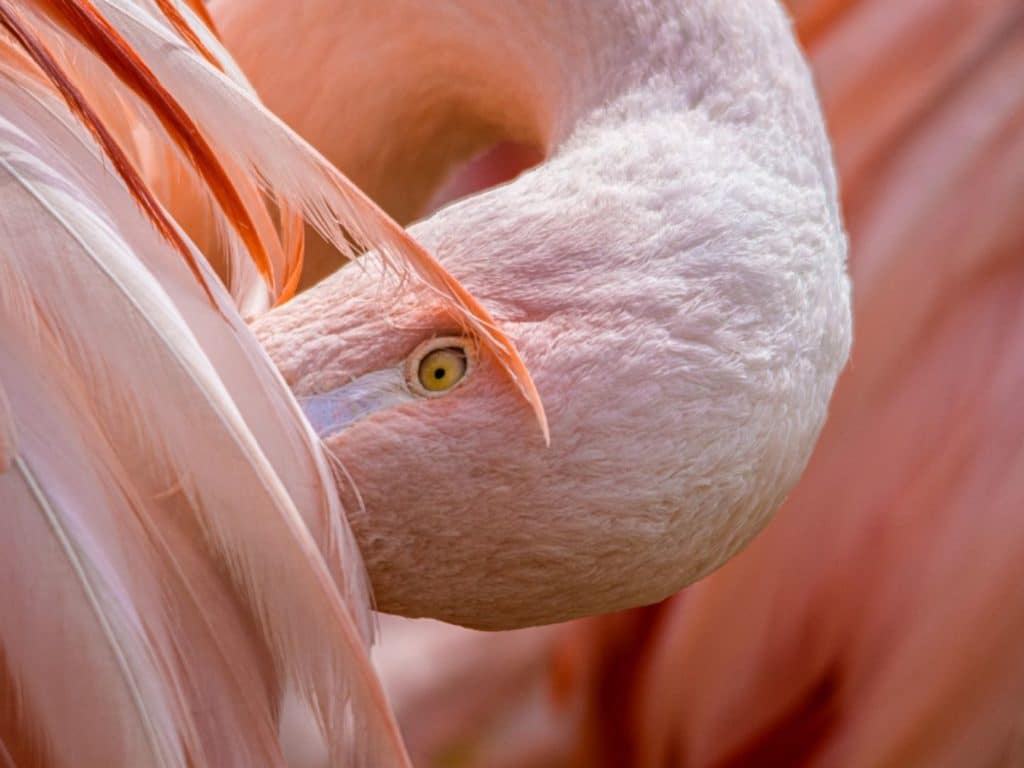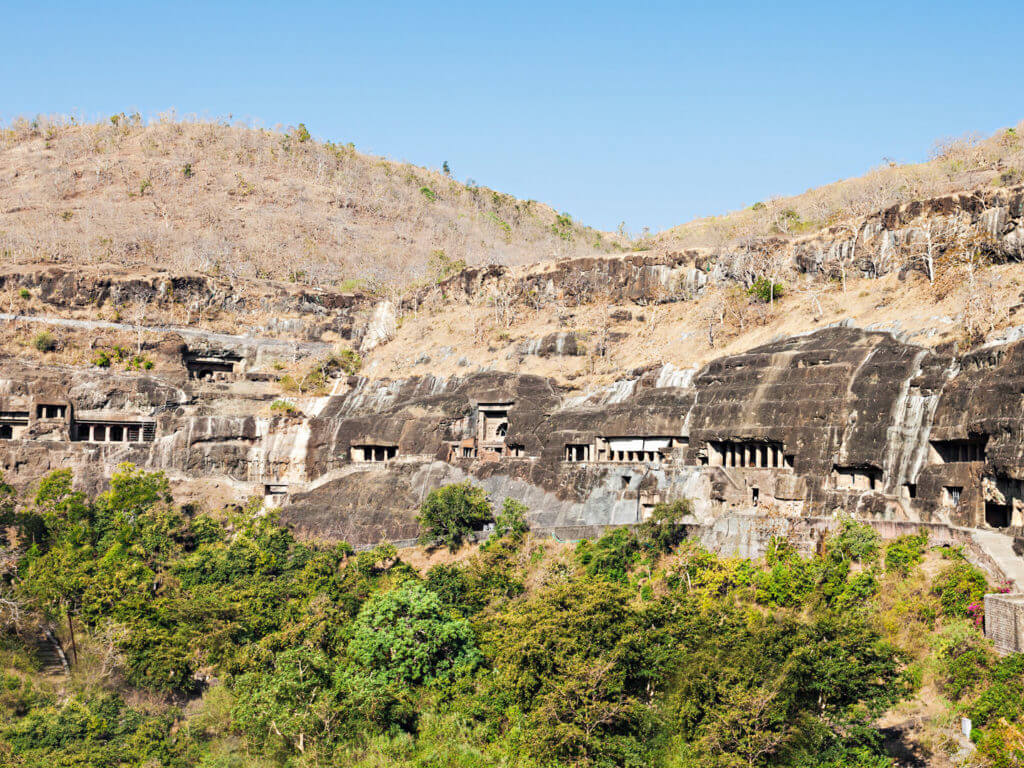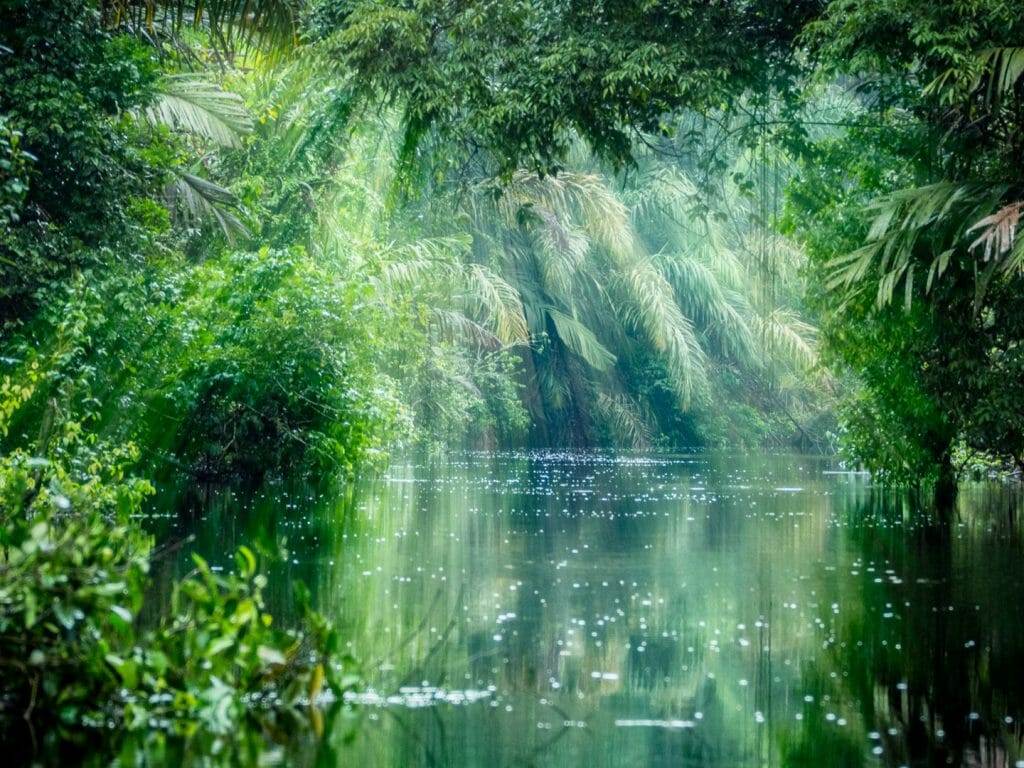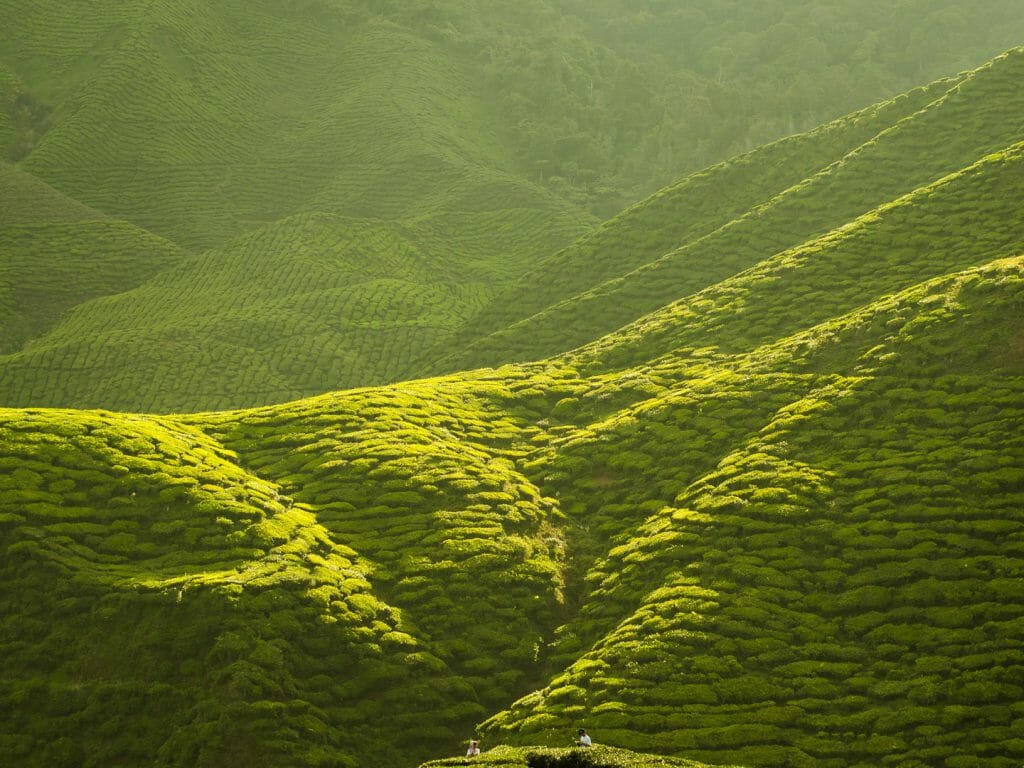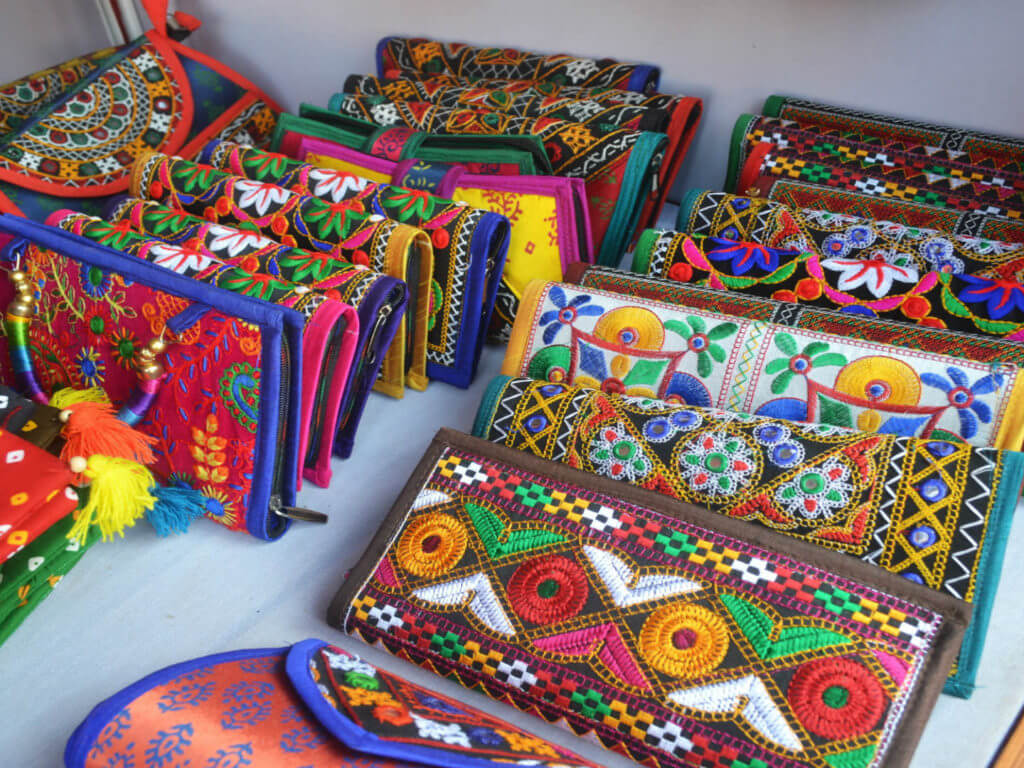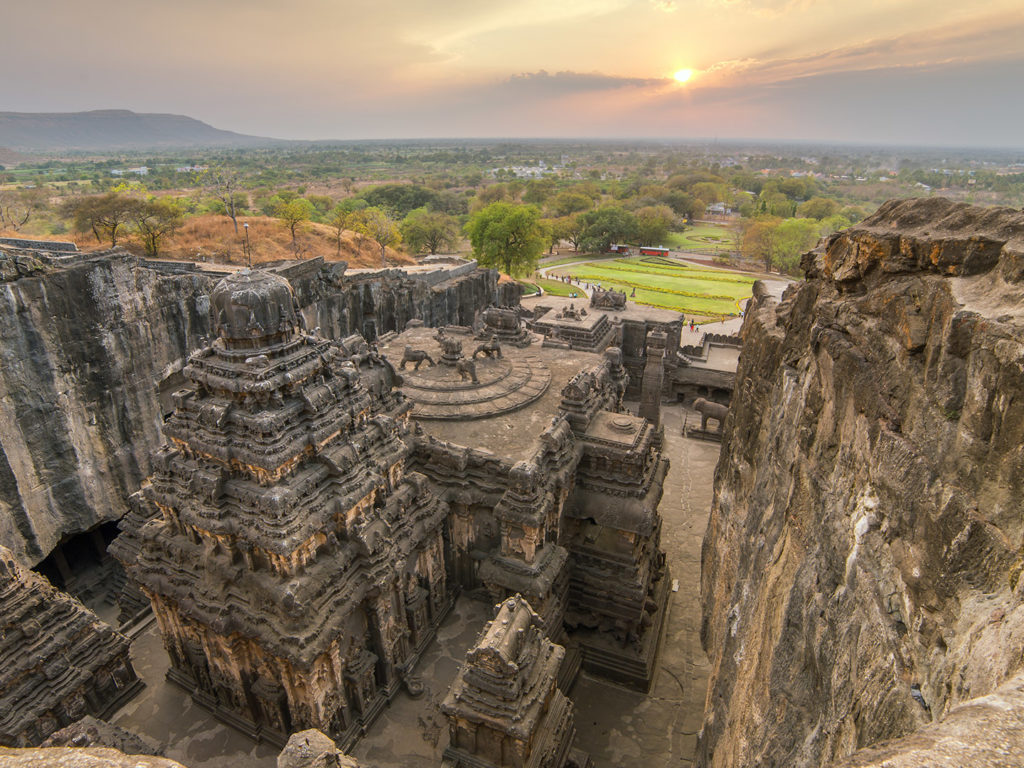My first introduction to Ajanta and Ellora was actually when my two sisters were born. My next encounter was a few years later and it was only then that I realised my sisters had been named after one of the achievements of an ancient dynasty.
My interest in Indian history came late. The dry and boring history syllabus in school was frustrating to say the least with confusing names of dynasties, overlapping dates and geographies that made no sense. In addition to this, having grown up in a small industrial town that did not boast of any ancient forts or palaces, field trips were limited to beautifully manicured parks or picnics by the riverside. These trips were no doubt utterly charming, but were bereft of evoking any desire to better appreciate my country’s rich history.
Several years later, I made a trip to Aurangabad and soon realised that the Ajanta and Ellora sites were just a couple of hours away. Taking a day off, I repeated the mistake several travellers make which is to try and visit both sites on the same day. While this left me very rushed and unable to enjoy any of the caves in detail, it did leave me with a feeling of awe. All I could think of was the injustice that my memories from school history did to these rock-cut temples, unable to capture their majesty and magnificence.
Today, these sites appeal to the wanderlust in me in several ways. They belong to an ancient era about which little has been documented. Because of their offbeat location, they are relatively devoid of the throngs of tourists seen at other sites. This just heightens the spirit of the place. In fact, I was one out of only a dozen travellers scattered across the 29 caves on the huge horseshoe shaped hill. There were several moments when I felt I was experiencing the same serenity that the Buddhist monks would have found here thousands of years ago.
Ajanta and Ellora has given me an appreciation of the art and architecture of my native country. However more importantly it has evoked a deep, sustained interest because it enables all who visit an insight into the monumental role these temples had in the rise and eventual fading away of Buddhism in India. I hope you will join me in November 2019 for a visit to one of the most amazing sites of India.
The Ajanta Caves
The Ajanta Caves are a refined example of the rock-cut Buddhist prayer halls and monasteries built over a period of about 800 years starting from 2nd century BCE. While the early caves are an example of the simple reproduction of the earlier wooden structures, they evolved to having large halls with ornate pillars, columns and carved verandahs. However the most striking feature of the later temples are the elaborate murals on the walls and ceilings representing events from the life of Buddha, Bodhisattvas and scenes from Jataka Tales.
Despite working with almost no natural light inside the dark caves, these ancient artists managed to create masterpieces of Indian art. The recent restoration efforts of the Archaeological Survey of India (ASI) have carefully removed the past damages done to these paintings and have helped reveal the splendour of these murals to the world.
The Ellora Caves
Built during a later period, the Ellora Caves have Buddhist, Jain and Hindu rock-cut temples. The most prominent among these is the Kailasha Temple built in the 8th century CE. Not satisfied with just excavating a hole in a cave, the Kings instructed the entire rock face to be cut away. The temple has been carved from the hillside complete with enormous pillars, statues, gateways, corridors and walls depicting scenes from Hindu Mythology. In terms of the scale, the ground plan of the Kailasha Temple is believed to be the same as that of the Parthenon and the height about half of it. Historians have called it “the most stupendous single work of art executed in India”.
Contributed by Jonty Rajagopalan, tour leader for our India group tour – Hampi and the Deccan Plateau departing in November 2019.


